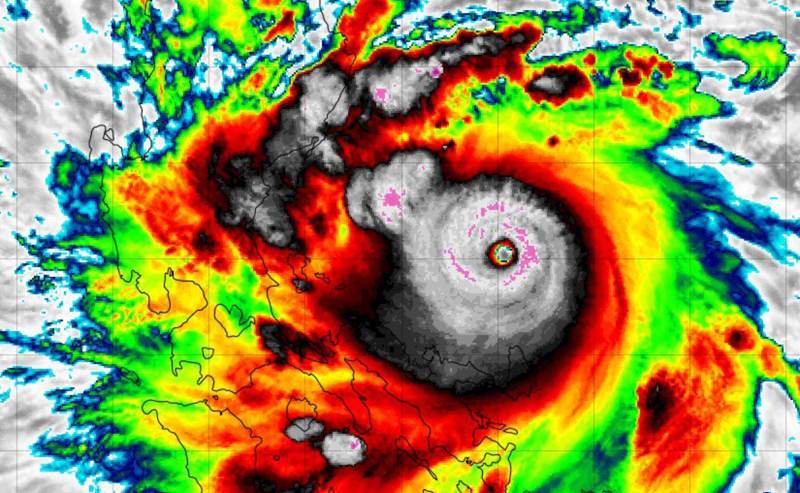Twelve Capital agrees on risk of Philippines cat bond default from typhoon Noru

Twelve Capital, the insurance-linked securities (ILS) and reinsurance linked fund manager, agrees with other opinions that recent super typhoon Noru may cause a default of the Philippine government’s World Bank facilitated IBRD CAR 123-124 catastrophe bond.
We reported at the weekend that the Philippines World Bank issued catastrophe bond should be considered at-risk, after super typhoon Noru (Karding as it’s locally known) underwent rapid intensification to become a major category storm before its landfall in Luzon.
Typhoon Noru explosively intensified into super typhoon Noru, with its sustained winds gaining almost 100 mph over a 24 hour period and the storm went from being considered a relatively minor typhoon to one powerful enough to trigger the Philippines government’s catastrophe bond arrangement.
Plenum Investments was the first ILS and catastrophe bond investment manager to agree with the outlook, saying that the Philippines World Bank facilitated catastrophe bond is deemed “likely to default” after the landfall and impacts of super typhoon Noru.
Now, Twelve Capital has also provided an opinion, saying that, “It is likely to have caused significant insured losses, at least by local standards.”
Adding that, “It is well possible, that this event can trigger a payout of the remaining principal of the already partially-defaulted IBRD Cat Bond covering that peril.”
The Philippines catastrophe bond had already defaulted once and made a payout of principal to the Philippines after super typhoon Rai (Odette), after which the Philippines government received a US $52.5 million payment from the cat bonds principal, representing a 35% payout of the $150 million Class B cyclone risk exposed cat bond notes.
So, following the payout from super typhoon Rai, the Philippines government has $97.5 million in catastrophe bond principal outstanding to provide cyclone protection against this storm.
The Philippines cat bond covers both tropical cyclone winds and rains through this Class B layer of notes, with the wind trigger typically the first to be calculated although taking some weeks, after which rainfall amounts are run through the model as well.
The cat bond has also been subject to calculation processes for tropical storm Megi (locally known as storm Agaton) earlier this year as well. But as we reported at the time, no additional payout was due for that storm.
Twelve Capital noted that its own exposure to a further default of the Philippines catastrophe bond is minimal.
“Readers are reminded that commingled funds managed by Twelve Capital are not significant holders of this transaction. Our publicly available Cat Bond and ILS funds hold less than 0.04% of NAV in this transaction,” the ILS investment manager said.
As we said, it will take some weeks for a determination to be made and we’ll update you as and when any information comes available on the calculation process and whether super typhoon Noru has triggered the Philippines catastrophe bond again.
You can read all about the landmark Philippines catastrophe bond, the IBRD CAR 123-124issuance, in our comprehensive catastrophe bond Deal Directory that includes details on more than 850 transactions.






